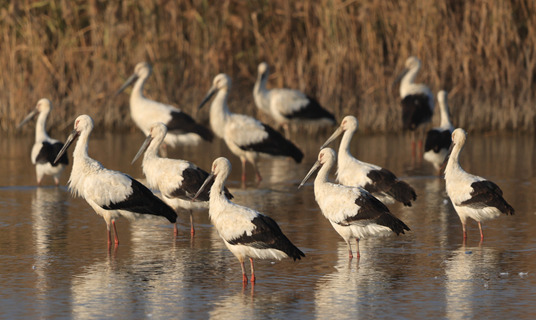High hopes for lion dance of the air
 Chen paints a lion for the show at an ancestral hall in Xingxian village. [Photo provided to China Daily]
Chen paints a lion for the show at an ancestral hall in Xingxian village. [Photo provided to China Daily]
A string lion weighs at least 10 kilograms, and a large one can weigh more than 20 kg. It takes skill and coordination to make it jump and dance using the strings, a task that is a significant test of physical strength and teamwork and requires extensive practice. "The most difficult part is working in unison," Chen says.
Each element, from controlling the heads, bodies and tails of lions and the embroidered ball they chase, to drumming and beating the gongs, has its own designated performers, who all work to make everything come together.
"For example, take the lion biting the ball, one of the classic movements. If the lion bites it at the last minute, it signifies happiness, but if it fails, the audience will be disappointed," Chen explains.
The troupe practices in a small area in front of an old temple in the village.
"We give performances every day, and if we have time, we'll also gather to practice," he says, adding that he gets a bit angry if he sees younger members slacking off during training.
"They sometimes forget to put the ball in, or pull the tail too high, so I'm forced to show them over and again how the movements should go," he says, adding that it is important they take his suggestions to heart, respect the lion dance, and work things out with one another during the performance.
Under his influence, Chen's teammates are becoming more serious about performances.
One of them, Chen Chao, says he has come to view the dance as a cherished career. "The pain of injury from practice is temporary, but the joy of mastering the skills lasts a long time," he says.
Song Jiacheng has been with the troupe for four years. The 14-year-old says he is deeply moved by consistent work of other older members, and has come to appreciate the beauty of the show.




